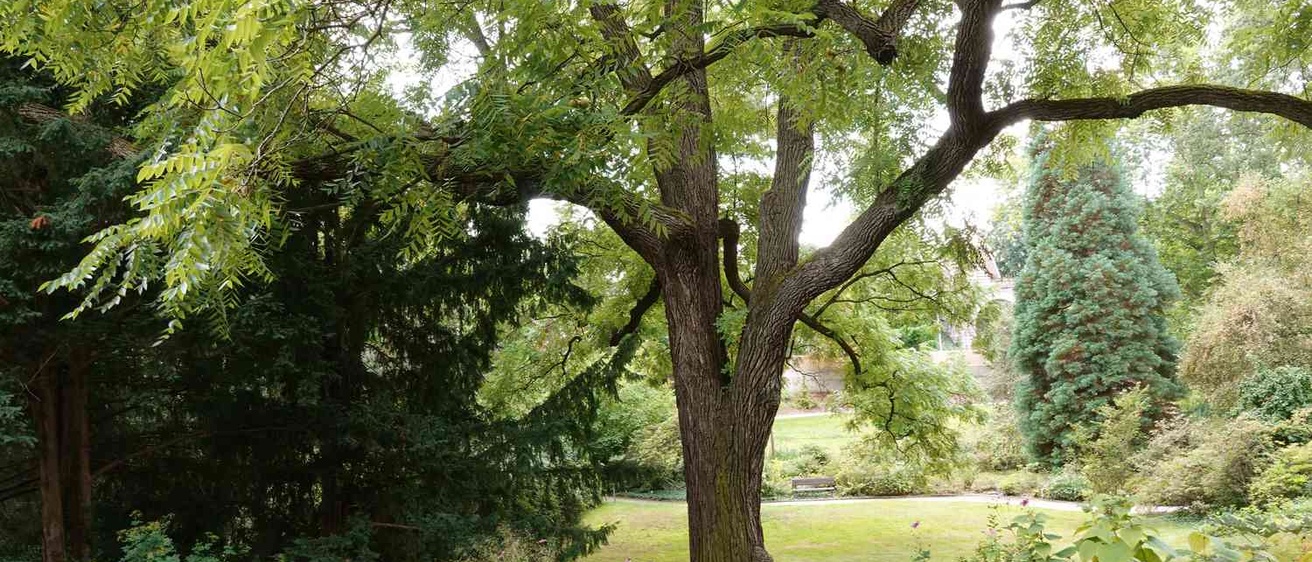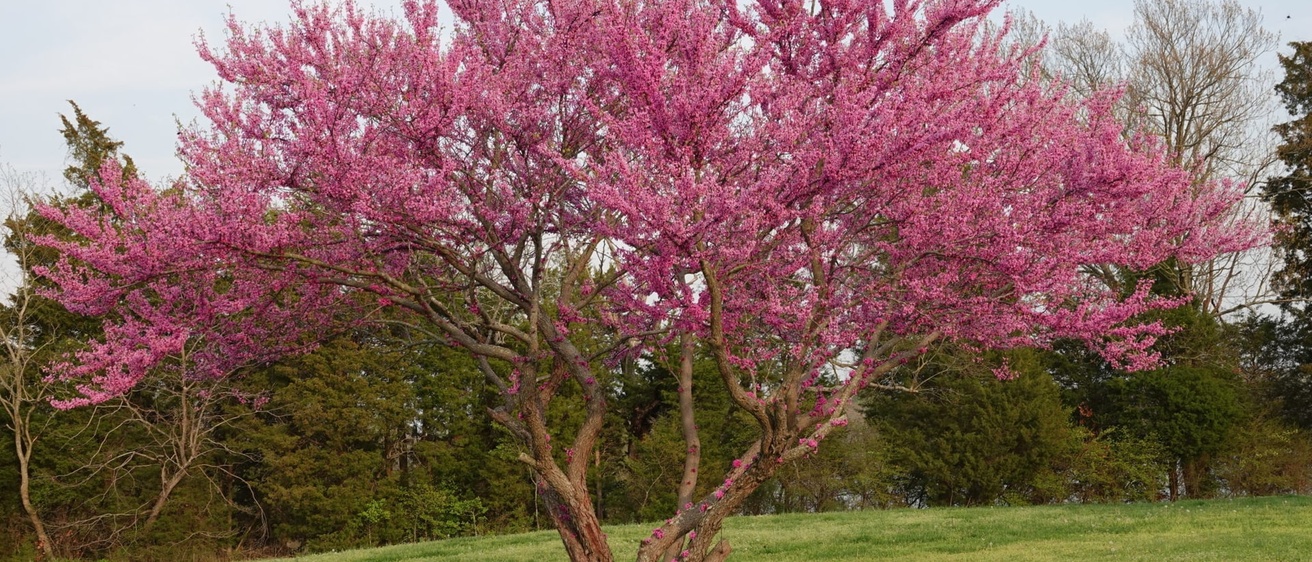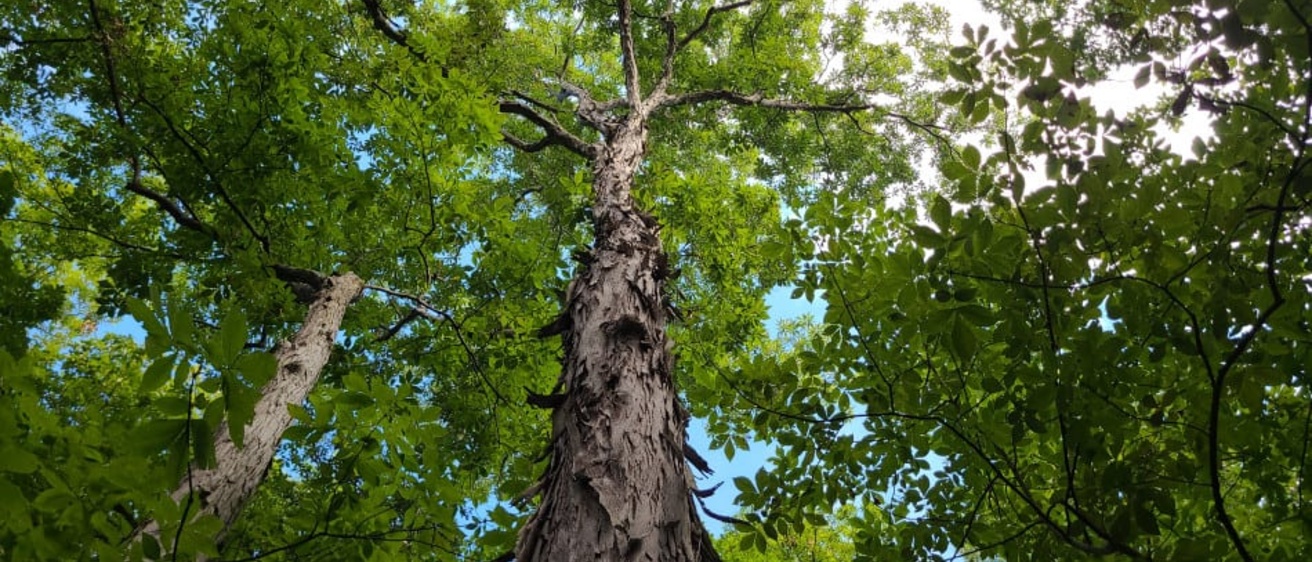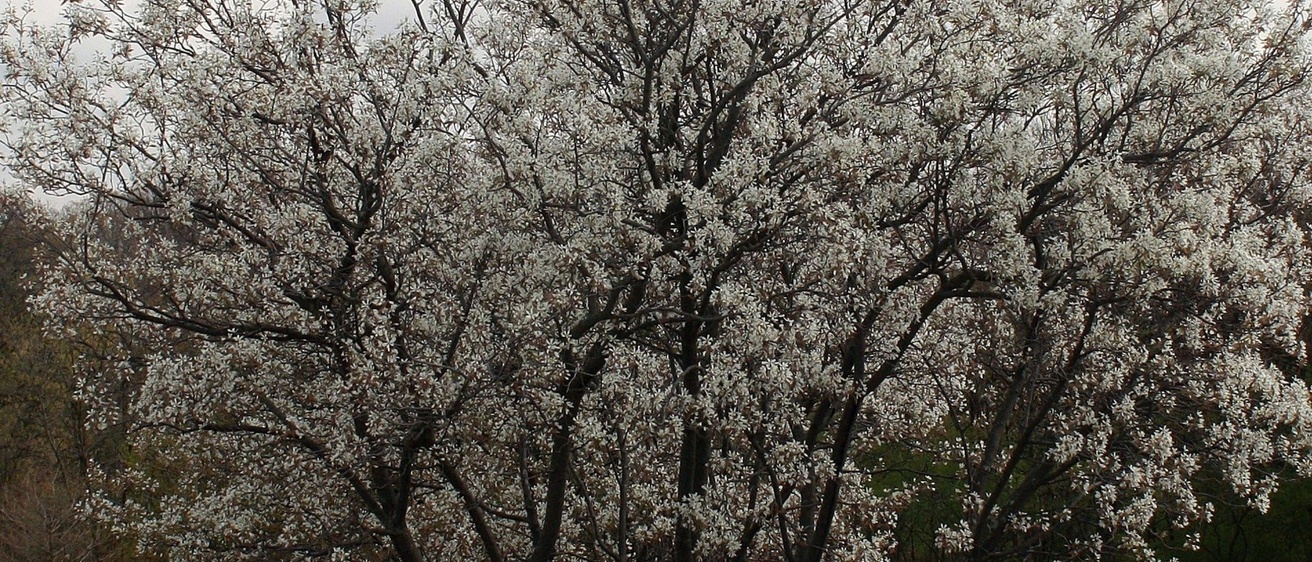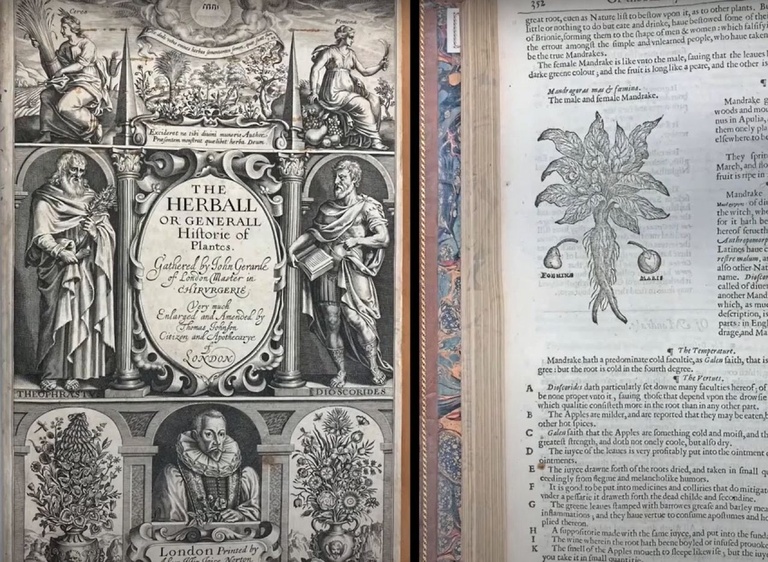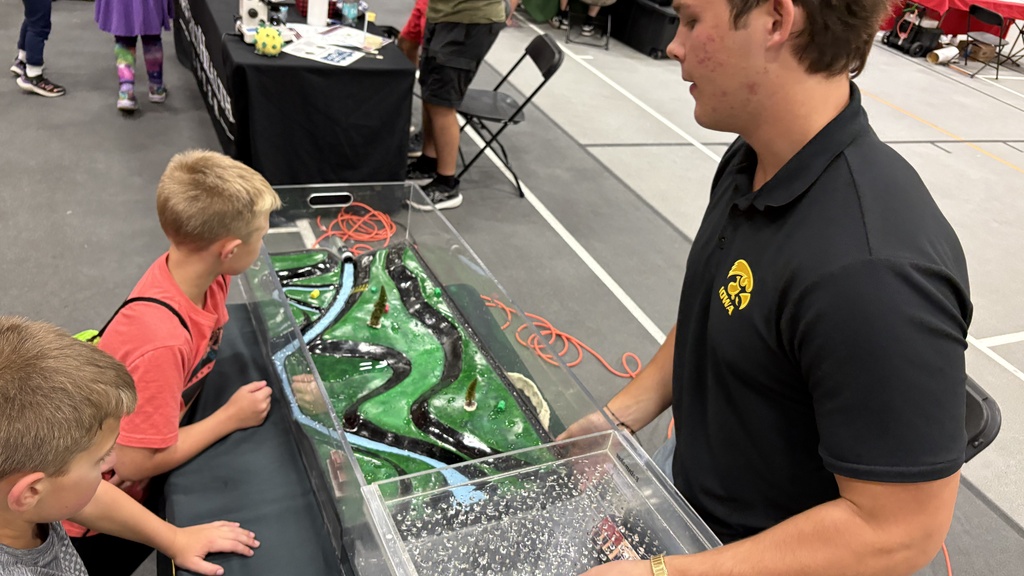Living Lab Features
Below are some of the special features of this living lab that offer unique teaching, learning, and research opportunities.
For Instructors:
This living lab provides a valuable resource for instructors at the University of Iowa and beyond to enhance their educational objectives. Our team has identified specific connections to a diverse array of academic disciplines. Instructors are encouraged to bring their students to the site to engage with these curricular linkages firsthand, fostering experiential learning. Additionally, students are invited to utilize the space for research and exploration, allowing them to deepen their understanding of the interplay between nature and their field of study.
Curricular Connections
Public Health
Study the physical and mental health benefits of nearby natural spaces, especially for students living in residence halls near the forest.
Investigate how vegetation density improves air quality and reduces urban heat island effects.
Communications & Media
Produce social media campaigns or short documentaries tracking the forest’s growth and its impact on campus and community engagement.
Analyze public communication around urban greening projects and environmental restoration, comparing narratives used in local vs. national media.
History
Trace the cultural and historical significance of native tree species used in the forest.
Study the origin of the Miyawaki method and analyze how local communities can adapt ecological practices.
Geography
Use GIS and modeling tools to simulate stormwater improvements and carbon sequestration outcomes from the forest.
Use remote sensing tools to track vegetative growth over time and its impact on the surrounding built environment.
Explore the forest’s role in climate adaptation and green infrastructure in urban planning contexts.
Environmental Science
Study forest succession through field data collection and species identification in the Miyawaki forest.
Monitor changes in air quality, soil composition, and stormwater retention over time as the forest matures.
Compare Miyawaki reforestation methods to other forest management strategies.
Teaching & Learning
Design lesson plans that incorporate outdoor learning, including topics like plant biology and climate resilience.
Use the forest to teach experiential learning methods, where students make observations, collect data, and draw conclusions from real-world ecological processes.
Art, Photography, & Creative Writing
Create art installations or time-lapse photography that document the forest’s transformation over seasons and years.
Analyze how natural landscapes can be used as artistic subjects and tools for environmental communication.
Write poetry, personal essays, or short stories inspired by the process of planting the forest or the rapid ecological growth.
Assignment Development
Discussion Questions
- What makes the Miyawaki Forest different from traditional forests, and why might these differences matter in a university setting?
- In what ways can the Miyawaki Forest serve as a model for future ecological restoration efforts in urban environments?
Interpretive Prompts
- Spend 15–20 minutes observing a small area of the forest. What interactions between species, signs of change, or unexpected details do you notice? Reflect on how this small ecosystem is evolving.
Imagine this hillside before the forest was planted and envision it decades into the future. How has—or will—this space transform, and what does that reveal about human intervention in nature?
Analysis Prompts
Use the Miyawaki Forest as a case study: analyze how its design, location, and plant selection support stormwater management, biodiversity, or climate adaptation goals.
Develop a research or creative proposal connected to your field of study. Examples include mapping tree growth using GIS, designing an outreach campaign, or analyzing the site’s benefits for public health.
Collect site-based data (tree height, soil quality, presence of pollinators) and interpret how early growth patterns align with expectations from the Miyawaki method. What can these tell us about long-term success?
Explore the Tree Species at the Miyawaki Forest
Testimonials

“This forest, it's gonna be its own little ecosystem. This supports the fungi, the insects, the minutia that we don't always think about. It's gonna be its own little neat, unique ecosystem with native plants”
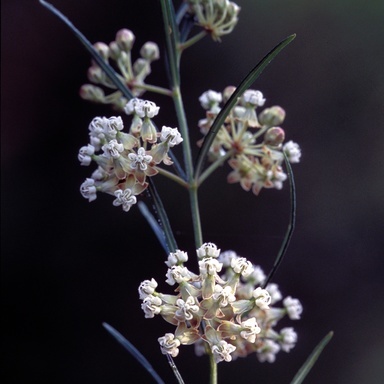
“An initiative like this not only helps Mother Earth — because it truly does, and that’s so important right now, more important now than ever — we need to take care of our home. But by going out and doing this in the community, we are with others. We have our hands in the dirt. We’re talking to other people while we have our hands in the dirt.”

"We’re expecting that, given the high number of species of trees that were planted, that we’ll be able to see an increase in biodiversity in the birds, and the mammals, and the insects in the area"
Miyawaki Forest Stakeholders
Click below to search a directory of caretakers, researchers, stakeholders, and people involved with the Miyawaki Forest.



